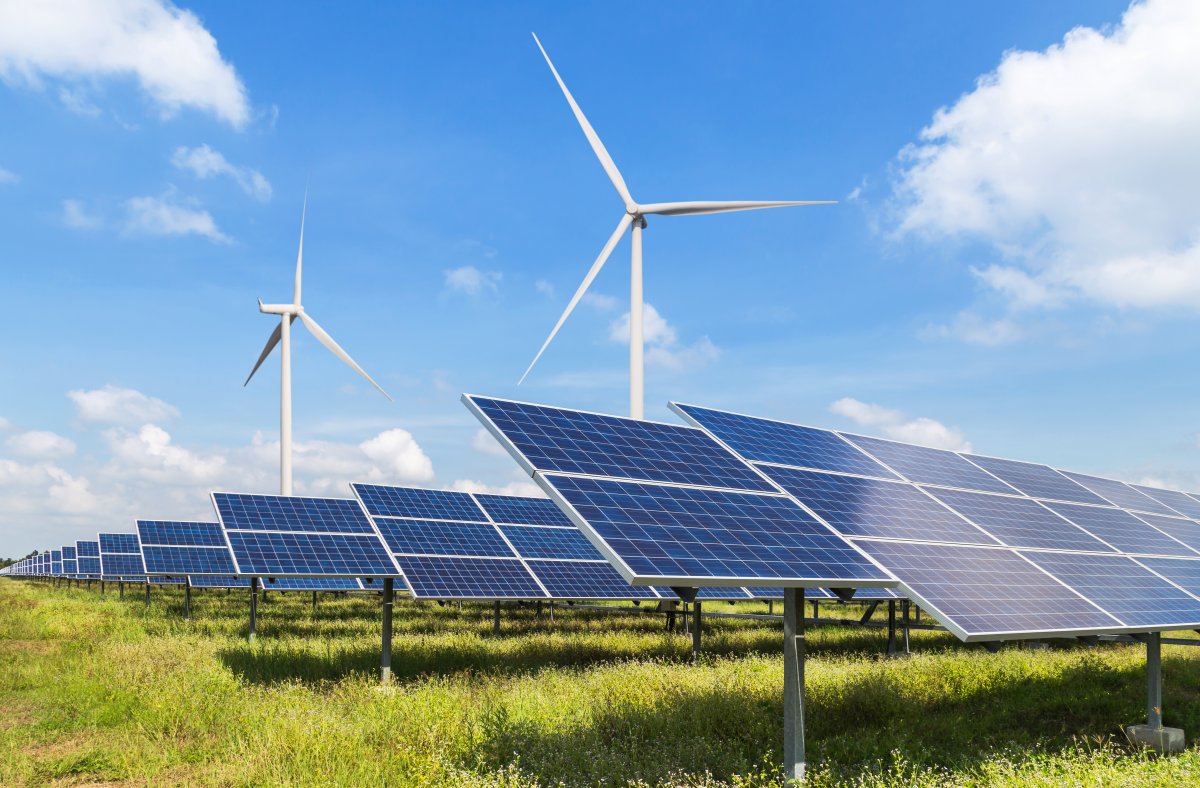IEA: Photovoltaics cheapest power source in history
Source: Heise.de added 17th Dec 2020“In most countries today, photovoltaics are consistently cheaper than new coal or gas-fired power plants,” writes the International Energy Agency (IEA) in its World Energy Outlook 2020, which was released in October. “Solar projects now offer some of the lowest electricity costs in history.”
In the best locations with cheap financing and political support could solar power for dollars are produced per megawatt hour. This corresponds to about 1, 65 Euro cent per kilowatt hour. In India and China, photovoltaics are roughly on par with the operating costs of existing coal-fired power plants. In Europe, the IEA estimates the costs for large-scale PV open space systems (“utility-scale solar projects”) at 27 to 60 $ / MWh (2.5 to 5 euro ct / kWh).
“King of the international electricity markets” “I see solar energy as the coming king of the international electricity markets”, said the IEA Executive Director Fatih Birol. “Based on today’s political guidelines, it will break records every year from 2020.” In the current outlook, the IEA estimated solar power 20 to 50 percent cheaper than last year. Similar cost reductions also apply to offshore and onshore wind power. The main reason for this is the lower estimated cost of capital. According to the IEA, they account for up to half of the electricity costs.
In fact, photovoltaics has long been breaking records. In the middle of December, the EU Market Outlook for Solar Power published by the industry association Solarpower Europe says: “The current data really showed a big surprise: The newly installed solar power in the European Union is 2020 by eleven percent to 18, 2 GW increased. Six months ago, not a single analyst had predicted such a positive development. ”Here, too, the authors see cheaper financing as a decisive factor.
The front runner in Europe was Germany with growth of 4 , 8 GW. This is the highest value since the record years from 2010 to 2012 when more than 7 GW were added for three years in a row. Shortly before the end of the year, the federal government decided with its EEG amendment to loosen some brakes on the expansion of photovoltaics.
Photovoltaics is replacing coal Worldwide, the IEA expects that photovoltaics will replace coal by 2025 will have overtaken as the world’s largest electricity supplier. In Europe alone, according to the IEA forecast, up to 2040 coal-fired power plants with a total of around 129 GW disconnect from the network – 88 Percentage of the installed capacity. According to data from energy-charts.de, the peak of coal-fired power generation in Germany is long behind us: In the case of lignite, it was 2013 with 129 terawatt hours reached, with hard coal already 2003 With 122 TWh. Overall, lignite and hard coal power plants in Germany have so far in common in the current year 113 TWh (24 Percent) contributed to net electricity generation, solar energy 50 TWh (11 percent) and wind power 124 TWh (27 percent).
It is now evident that the further phase-out of coal could happen much faster than expected: at the beginning of December, the Federal Network Agency announced the results of the first tender for the phase-out of coal. Operators could submit bids for the premiums for which they would be willing to shut down their power plants. The cheapest bids are taken into account until the power of around 4000 megawatts is reached in the first round.
As an upper limit for a decommissioning premium, the Federal Network Agency set 165. 000 euros per megawatt. But this price was not reached because the auction round was “significantly oversubscribed”, according to the Federal Network Agency. That means: the operators wanted to take far more power from the grid than offered – and undercut each other. 11 Hard coal-fired power plant units were awarded the contract for decommissioning premiums between 6000 and 150. 000 Euro / MW. The weighted average was 65. 000 Euro not once half as high as the upper limit. Overall, the state pays the operators 165 million euros in decommissioning premiums.
Units A and B of the Hamburg-Moorburg thermal power station, which cost three billion euros and are only 2015 went online after a violent political and legal dispute. Operator Vattenfall also apparently wants to get out of coal-fired power generation as soon as possible. In any case, he has no concrete plans for re-using the two power plant blocks. (grh)
brands: 11 Best Million MW New other Premium Space media: Heise.de
Related posts
Notice: Undefined variable: all_related in /var/www/vhosts/rondea.com/httpdocs/wp-content/themes/rondea-2-0/single-article.php on line 88
Notice: Undefined variable: all_related in /var/www/vhosts/rondea.com/httpdocs/wp-content/themes/rondea-2-0/single-article.php on line 88
Related Products
Notice: Undefined variable: all_related in /var/www/vhosts/rondea.com/httpdocs/wp-content/themes/rondea-2-0/single-article.php on line 91
Warning: Invalid argument supplied for foreach() in /var/www/vhosts/rondea.com/httpdocs/wp-content/themes/rondea-2-0/single-article.php on line 91
